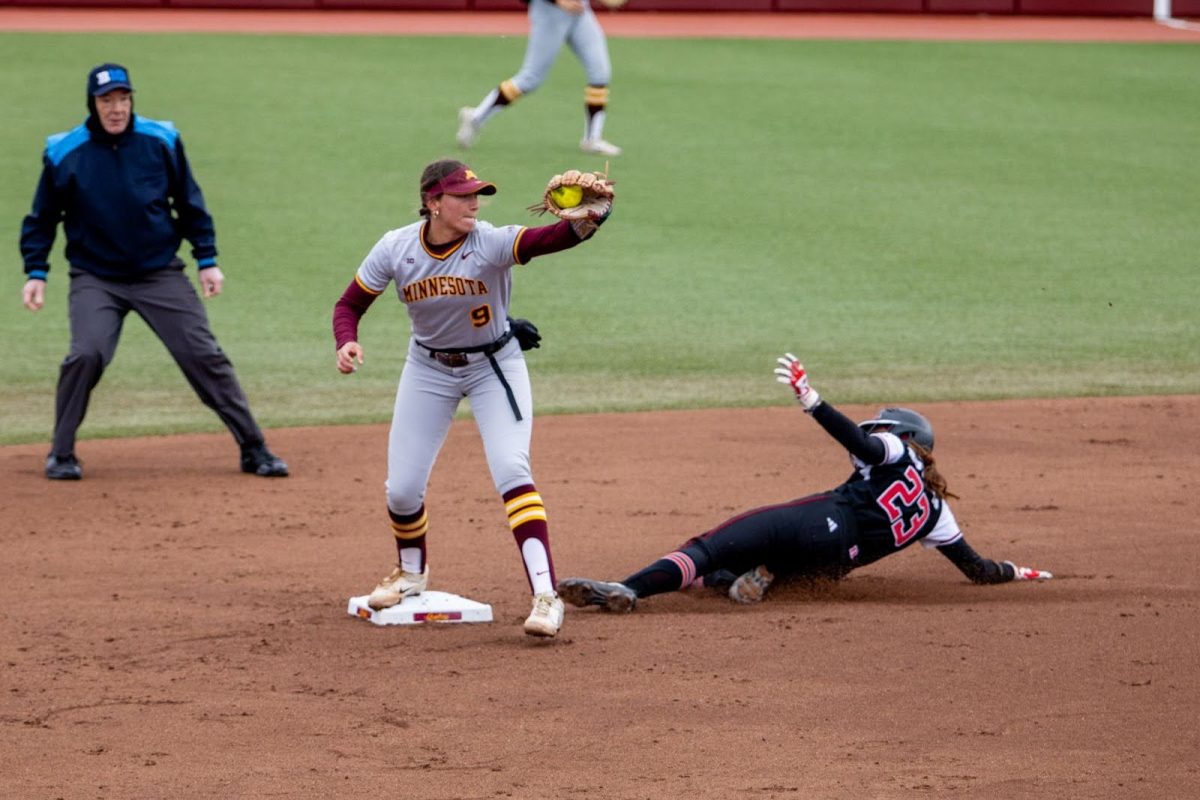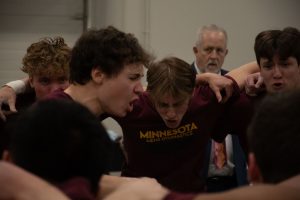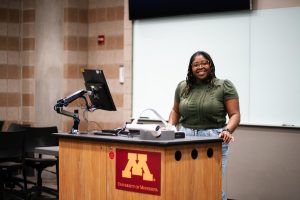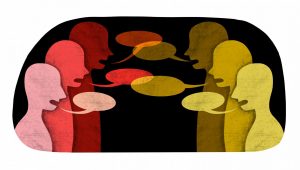As the head of the department of neurosurgery, Stephen John Haines practices medicine, teaches and researches.
He also receives the largest salary of any faculty or staff member at the University by earning $481,200 a year.
Haines came to the University in 1982. He is also a professor of neurology, otolaryngology, head and neck surgery and pediatrics.
Neurology professor David C. Anderson said Haines understands how broad and deep neuroscience has become.
“We neuroscientists must be joined at the hip to exploit our talents for the greatest good,” Anderson said.
Haines said he has a lot of responsibilities within his department.
“I work with faculty neurosurgeons, administrative staff, advanced-practice nurses and residents training in neurosurgery,” Haines said.
He said his job duties are complex.
“I practice neurology and see patients twice a week, and do surgery twice a week,” he said.
He also teaches medical students and residents training to become neurosurgeons, Haines said.
Neurology professor William S. David said, “I have great respect for his teaching abilities.”
Haines said researching and administrative responsibilities are part of his job as well.
“I make sure the bills are paid, people follow the rules and keep things running,” he said.
Anderson wrote in an e-mail that if he were asked about Haines, his first response would be that Haines is a visionary leader.
“That might be a pretty heavy load for him to carry,” Anderson said. “Maybe it is better to say that he is a forward thinker that has unique ideas.”
Haines sees neurology as a treating specialty whose tools will not be drills and scalpels in the future, Anderson said.
“Haines sees the future neurosurgeon’s therapeutic armamentarium including electrical stimulation, gene therapies, transplantation and new drug delivery Ö even things we have not thought of yet,” Anderson said.
Haines said the best part of his job is seeing positive results from caring for patients and teaching residents.
“It is extremely rewarding to see a patient with a brain tumor treated and, in the end, have a normal life,” he said.
Haines said he really enjoys teaching at the University.
“I enjoy seeing a new doctor come in not knowing anything and later returning being able to save lives,” he said.
Anderson said, “He is a terrific colleague.”
Among his distinguished awards, Haines holds the Lyle A. French endowed chair in neurosurgery.
As an undergraduate, Haines said, he attended Dartmouth College in New Hampshire and earned a degree in mathematics and social sciences.
He said he went on to earn his master’s degree at the University of Vermont’s College of Medicine.
After graduation, Haines interned on a medical fellowship at the University of Minnesota’s Health Sciences Center and participated in a fellowship in clinical trials at the University of Oxford’s clinical neurology department.









